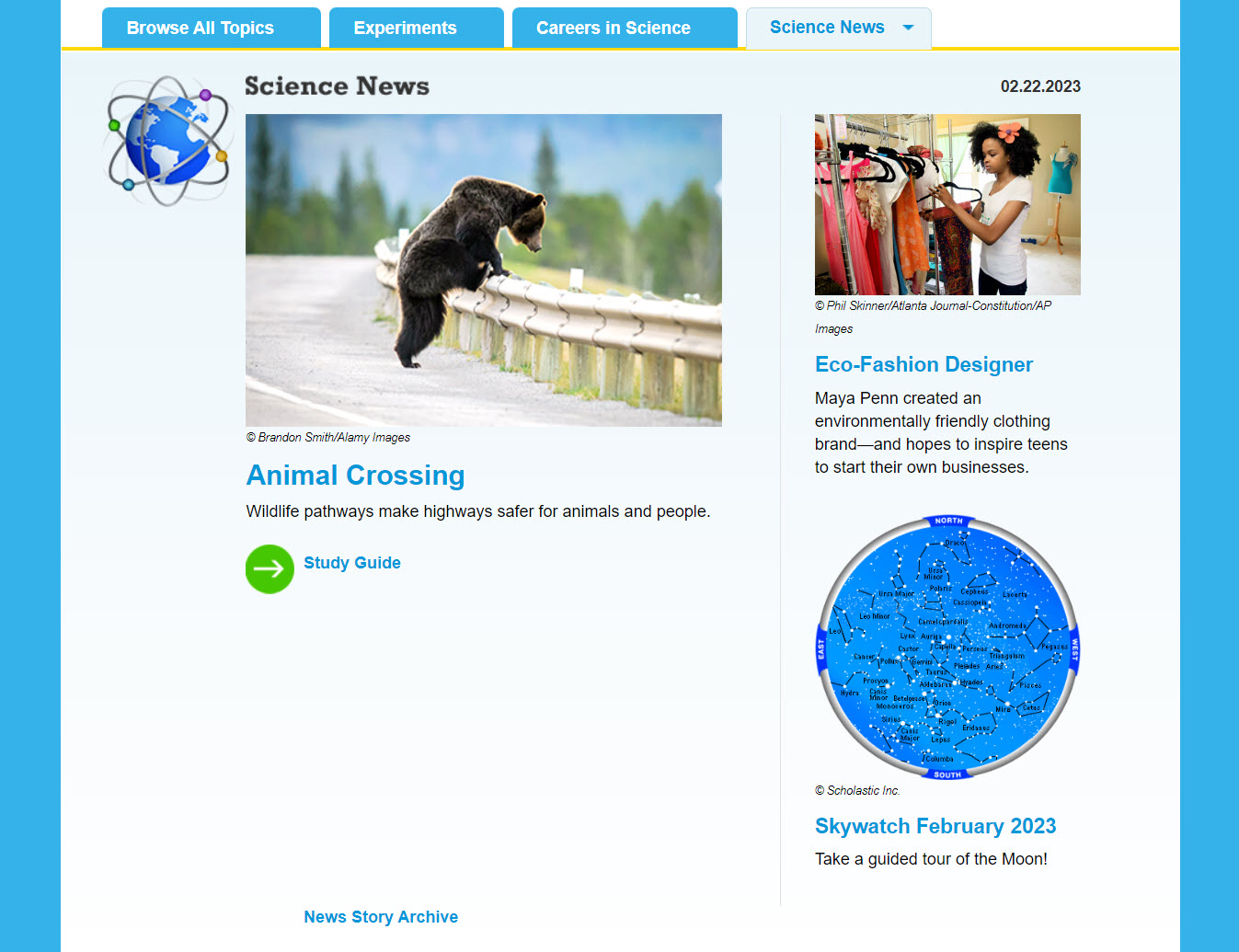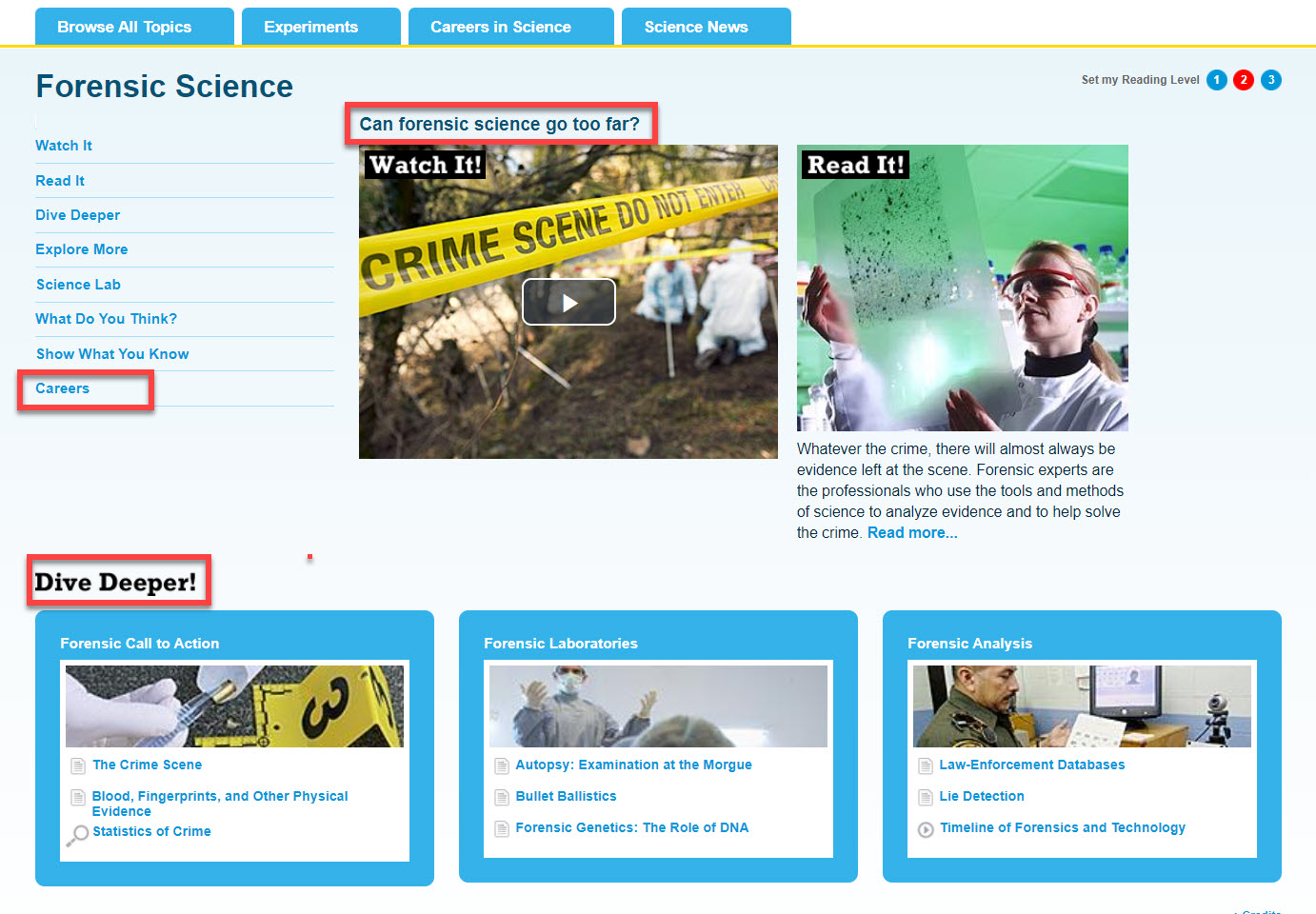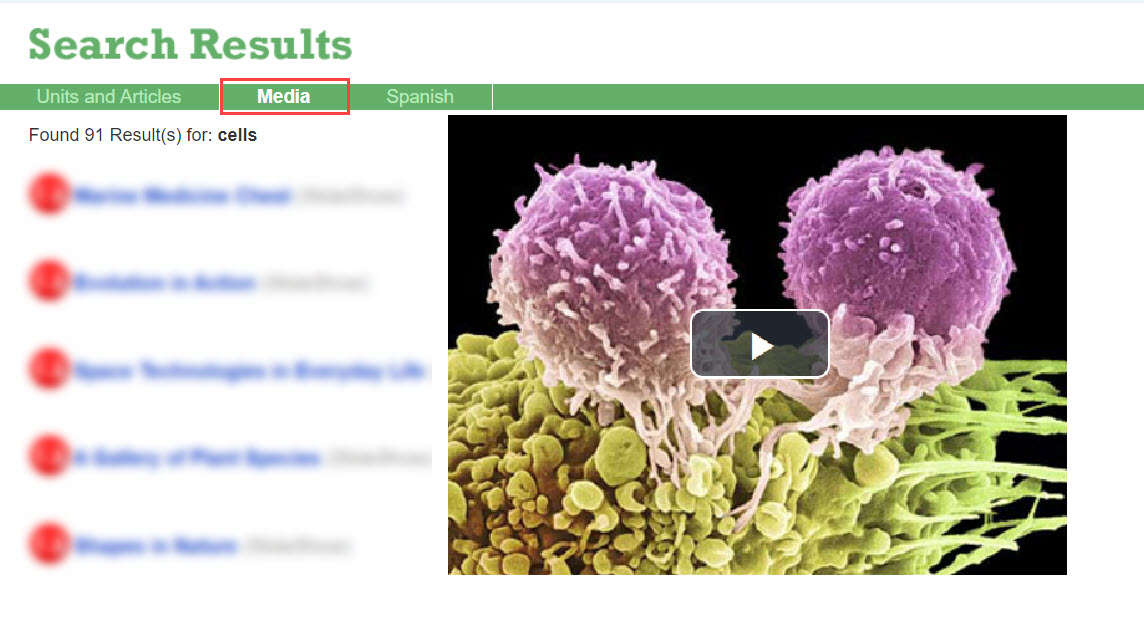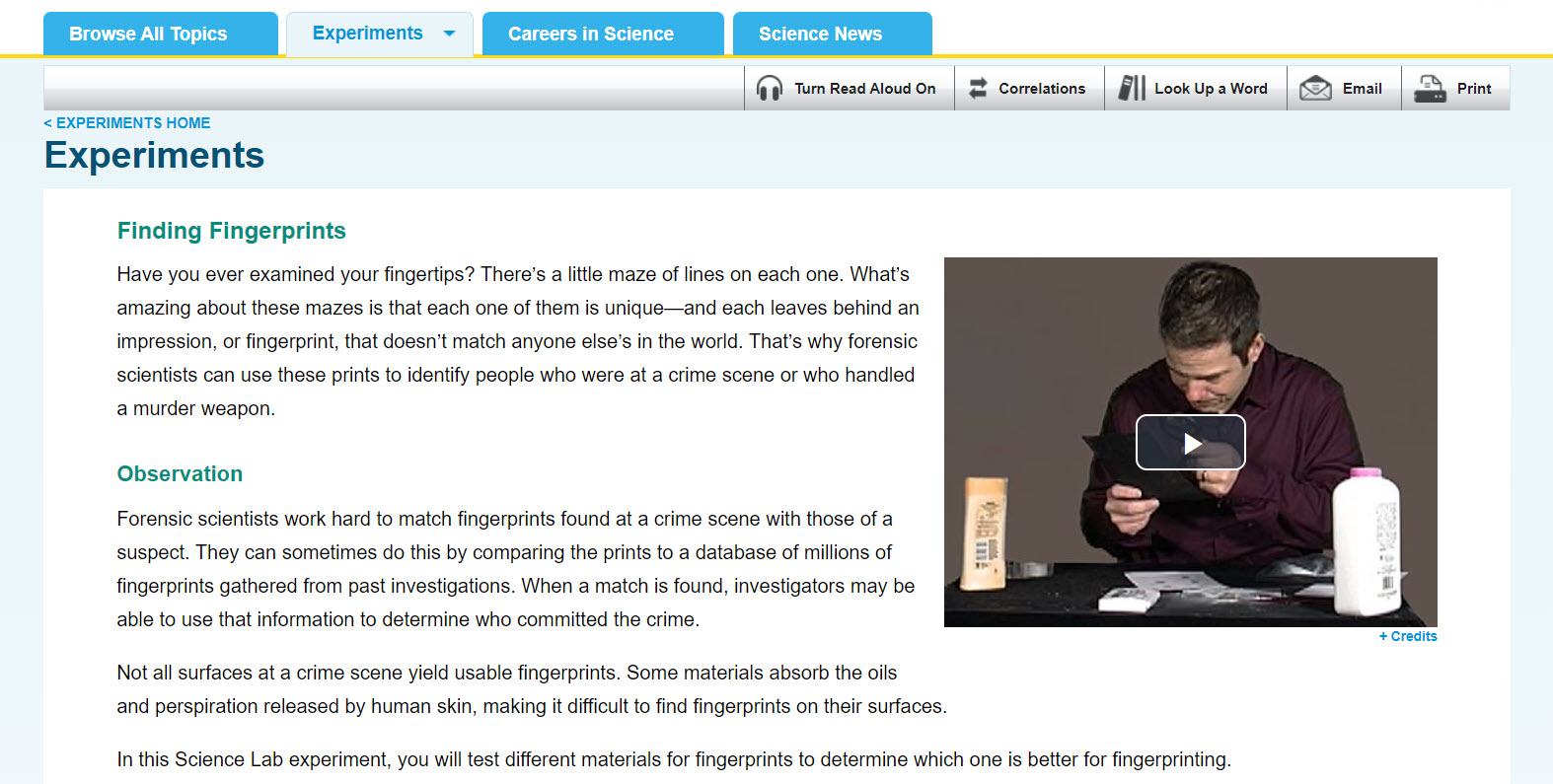Author // Mary Rowland Monday, 27 February 2023
Instructional materials matter. While securing a coherent curriculum and professional development for teachers is the first step in ensuring equity in Ohio’s classrooms, identifying high-quality supplemental materials at grade level for all learners can be helpful in increasing student engagement, meeting diverse needs, and filling instructional gaps.
When paired with a high-quality curriculum, INFOhio's quality eBooks, videos, lesson plans, instructional web tools, and training and support materials can provide engaging and innovative supplements to scaffold student growth and learning.
Education doctoral candidate Waneta Hebert recently teamed up with INFOhio's vendor partner Infobase. In her blog post Leveraging Supplemental Resources for K-12 Schools & Districts, Hebert plans for four outcomes when using supplemental materials in teaching and learning:
Using these "four Es," this blog series will explore how educators on teacher-based teams and curriculum adoption committees can use INFOhio's quality digital content and web tools to supplement teaching and support learning for diverse classrooms.
Using ScienceFlix
INFOhio licenses Scholastic's ScienceFlix for all Ohio students in grades 6–8. ScienceFlix offers more than 80 complete units of study for science, technology, engineering, and math. Each unit includes videos, articles, hands-on experiments, and career exploration. Scholastic provides a lesson plan for each unit offering flexible approaches to integrating the content in the classroom. Lesson plans are aligned with the Next Generation Science Standards (NGSS) and correlate to Ohio's Learning Standards and Model Curriculum for Science. Units can be shared with students using Google Classroom. When used together, each unit includes resources and strategies for meeting the four Es.
Whether you use entire units or select individual content from ScienceFlix, Herbert's four Es provides educators with a guide on how to use the licensed digital content available to meet the needs of each student.
Engage
Create opportunities for student choice and autonomy by using digital content from ScienceFlix to support Universal Design for Learning (UDL) in your classroom. UDL is a framework to optimize teaching and learning using scientific insights into how people learn. The guidelines for UDL can be used in any classroom to break down barriers that keep students from learning. The first guideline is engagement where student choice is optimized.
Use the Science News section to optimize student choice and engage learning. Plan time each month for Free Read Friday. Let students select an article from Science News to read. Ask students to complete the accompanying study guide or conduct a Gallery Walk to allow students to share what they learned with their classmates. Science News articles are updated monthly bridging the gap between classroom learning and real-world scientific discoveries.

Empower
When students feel as if their interests are important and part of learning, they are empowered to explore these topics even further. Inspired by Google's concept of 20 percent time, Genius Hour activities empower learning as students select a topic of interest and explore the topic using texts, videos, and interactives. Educators have adapted the practice to develop a plan for implementing creative and engaging research in the classroom. Learn how to use ScienceFlix to bring Genius Hour into your classroom and empower students to select a topic from more than 80 units of study.

Ask students to demonstrate their learning using an experiment or project idea from the Science Lab. Refer students to INFOhio's GO! Ask, Act, Achieve with web-based creation tools to support project creation. Consider pairing GO! and ScienceFlix as you implement a Genius Hour practice in your classroom.
Elevate
Educators often use supplemental resources in the classroom to help students master difficult content and skills. When a student perceives that the supplemental resource provides them with support, they will continue to use the resource.

Extend
Educators can extend learning by challenging students to take their learning outside of the classroom. Engage parents and caregivers in learning by incorporating Experiments from ScienceFlix into your classroom practice. Experiments correspond with topics taught in science classrooms in grades 6–8. Educators can extend the learning by asking students to complete experiments independently at home.

Every Ohio student deserves the opportunity to learn from high-quality, standards-aligned instructional materials to become a resilient, lifelong learner who contributes to society. Using INFOhio's quality resources and web tools like ScienceFlix to supplement learning can engage, empower, elevate, and extend students for success.
Do you have a great way to share how you are using INFOhio resources to supplement your curriculum? Don't forget to share it on social media and use #INFOhioWorks.
Mary Rowland is a Senior Instructional Specialist with INFOhio. A former high school English teacher with 14 years of teaching experience, Mary is an accomplished leader who facilitated professional development in her previous district on integrating web-based tools into the classroom, Google Apps for Education, and writing across the curriculum. During her career, Mary mentored student teachers and served on both the district and building leadership committees. She has earned a BA in English, an MS in Education: Curriculum, Instruction, and Assessment, and is a Google Certified Educator Level 2. Mary is passionate about supporting INFOhio’s mission to help Ohio’s educators integrate the tools and resources to strengthen education for Ohio’s students.
Fetch is avaiable to INFOhio automated schools. If you are an INFOhio school, please log in with your school username/password using the button at the top-left corner of this page.
For more information about Fetch, please visit the Fetch information page or contact INFOhio support at https://support.infohio.org.